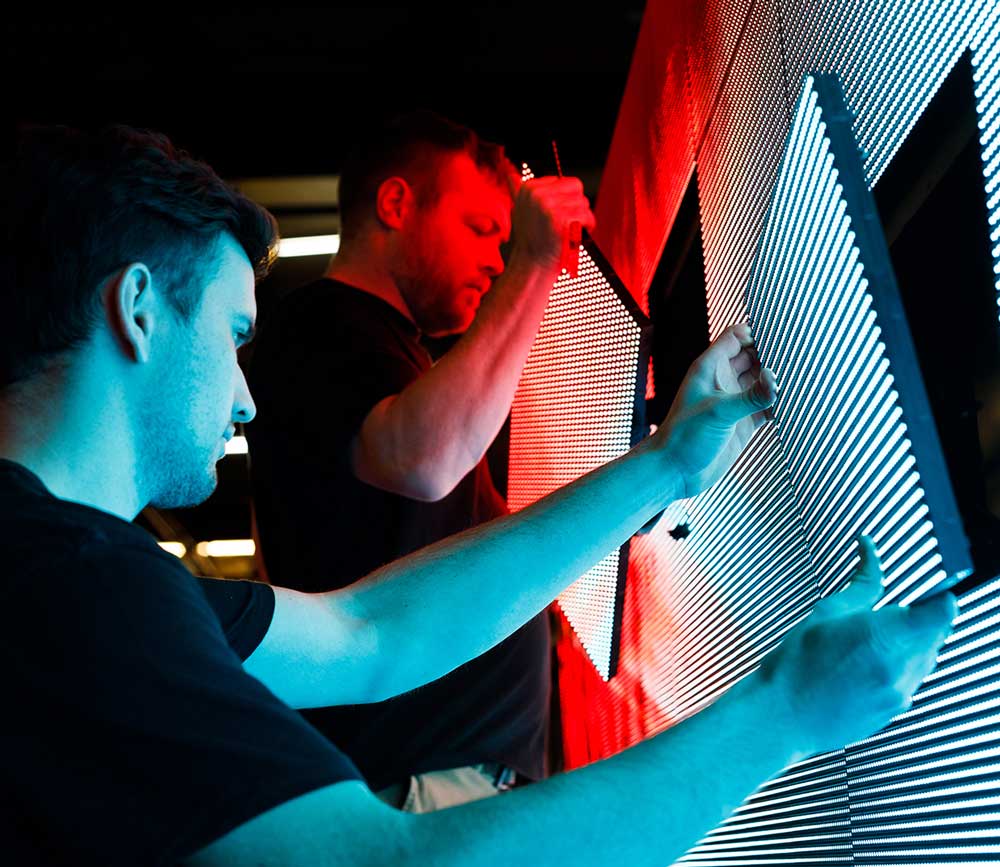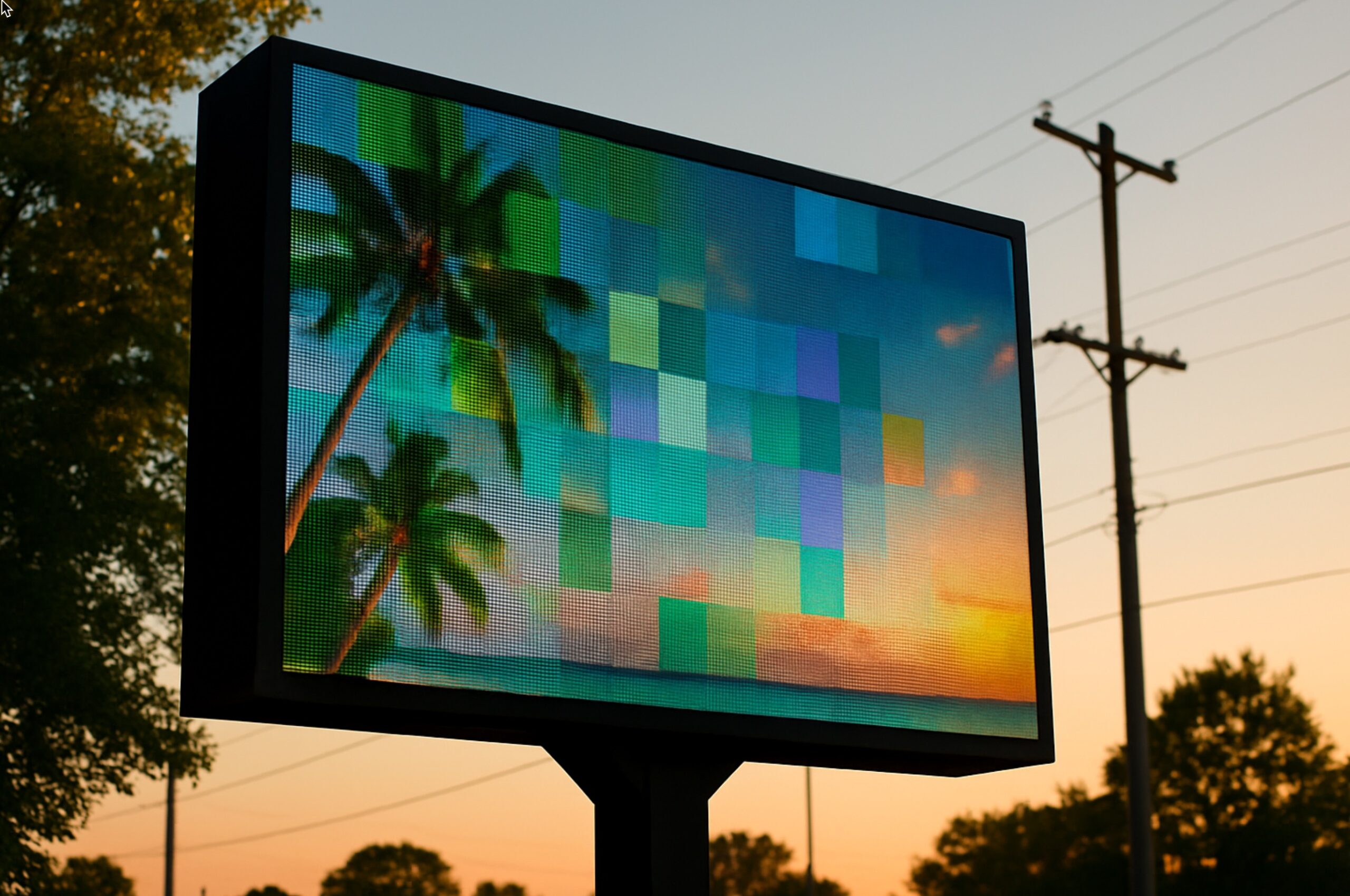Choosing the right mounting for your LED sign isn’t just about appearance—it’s about visibility, zoning, and how people interact with your message. The mounting method affects how far the sign can be seen, how easily it’s maintained, and whether it fits your property layout.
Whether you’re placing a sign near a roadway or on a building, there’s a mounting option designed to maximize your visibility and keep you compliant with local codes.
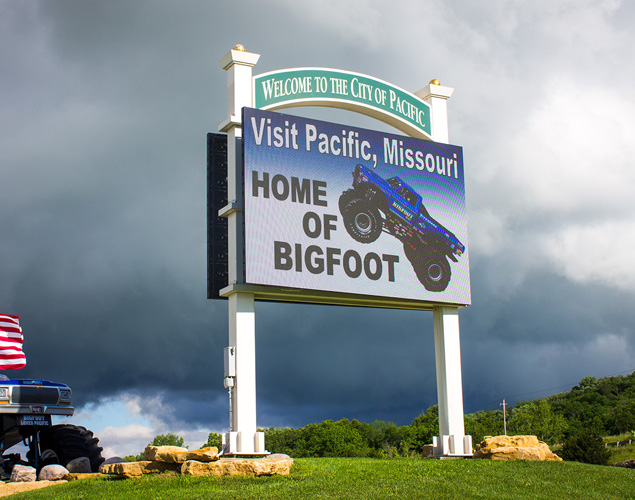
Factors to Consider When Selecting a Mounting System
Location and Visibility
The installation location plays a crucial role in determining the best mounting option. Space availability, viewing angles, and traffic flow influence the choice.
-
Outdoor vs. Indoor Installations
Outdoor LED digital signs require robust mounting systems to withstand wind, rain, and extreme temperatures. Indoor signs offer greater flexibility, as they are not exposed to harsh weather conditions. -
Height and Angle for Maximum Visibility
Mounting height and angle impact visibility. Signs targeting pedestrians or passing vehicles should be placed at an optimal height to maximize exposure. Angled mounts may improve readability in high-traffic or large open spaces. -
Wall-Mounted vs. Free-Standing Displays
Wall-mounted options save space, making them ideal for retail stores and indoor environments. Free-standing mounts offer flexibility for outdoor events and high-traffic areas. Portable free-standing digital signs allow easy repositioning when needed.
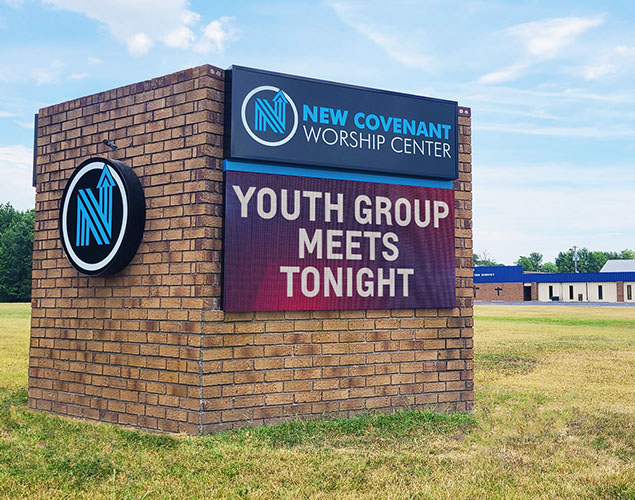
Monument Mounting: Clean, Low Profile, and Widely Accepted
Monument mounts position the sign close to ground level, usually between 3 and 8 feet tall. They’re a popular choice for schools, churches, healthcare providers, and civic organizations that want a sleek, architectural look without the height of a pole sign.
Monument signs are often framed with masonry, metal, or composite materials to match nearby buildings. Many municipalities prefer—or even require—this style, especially in zoning districts with strict appearance codes. It’s a smart choice when you want your sign to feel like a permanent, integrated part of your property.
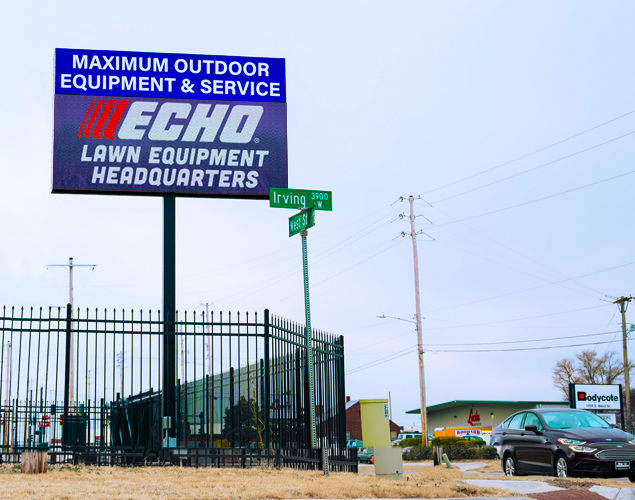
Pole Mounting: Maximum Visibility at a Distance
Pole-mounted LED signs are ideal for high-traffic locations, retail centers, or large properties where visibility from afar is essential. This mounting option elevates the sign above landscaping, fencing, or parked vehicles, making it easier to spot by drivers at a distance.
Pole signs can feature:
A single LED display on a single or double pole
Dual-sided signs for two-way traffic visibility
Combinations of LED cabinets and static logo panels
This setup is especially popular with gas stations, shopping centers, and highway-facing businesses. Municipal code requirements for height, setback, and pole diameter should always be reviewed before installation.
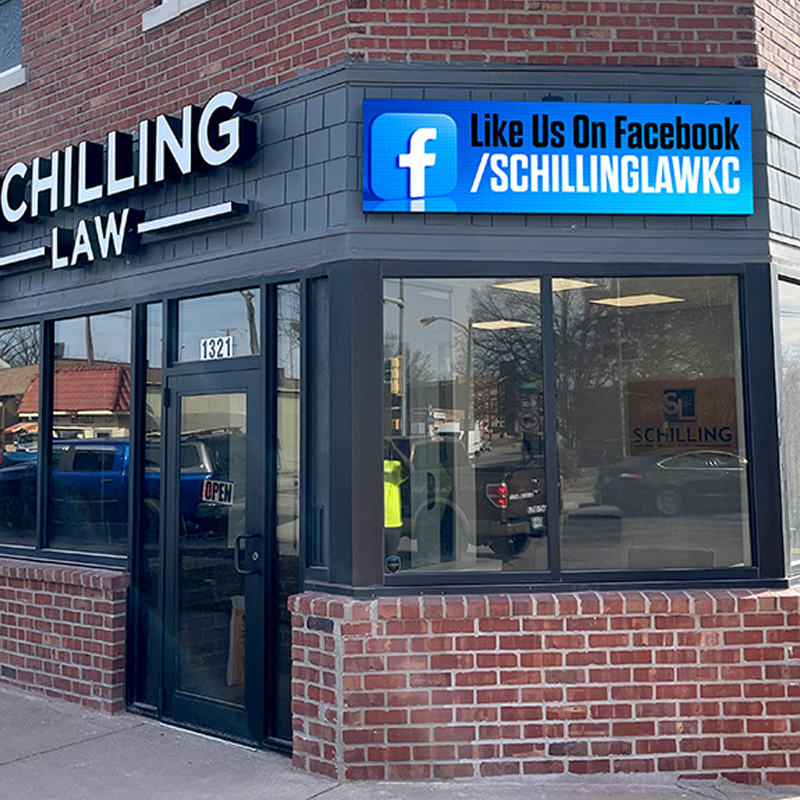
Wall Mounting: Great for Urban and Space-Constrained Sites
If your building faces the street and space is tight, wall mounting may be your best option. This method attaches the LED sign directly to your structure, eliminating the need for a standalone frame or pole.
Wall-mounted signs are common in:
Strip malls
Downtown businesses
Restaurants and service providers
Schools and theaters with prominent building facades
Because wall-mounted displays share structural support with the building, it’s important to confirm the wall’s load-bearing capacity and material compatibility before installation.
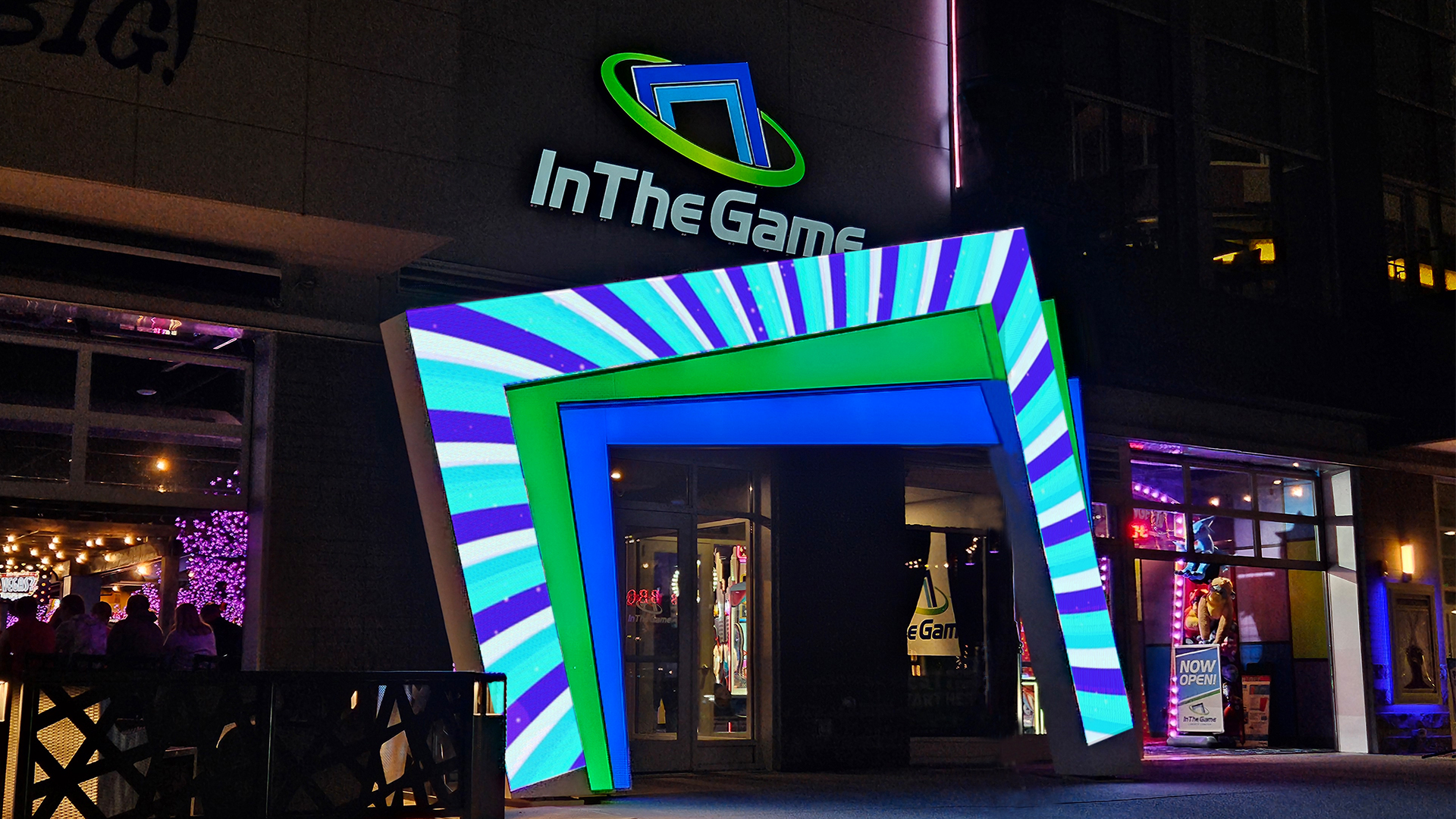
Custom Architectural Mounts and Decorative Bases
Some municipalities require digital signs to include decorative or fully enclosed bases. Even when it’s not required, many property owners choose to enhance their display with materials that match the surrounding architecture.
Custom columns, metal shrouds, and cladded frames help LED signs:
Meet design guidelines
Complement nearby buildings
Create a more permanent, intentional appearance
NEXT LED Signs will help ensure your design aligns with code and curb appeal goals.
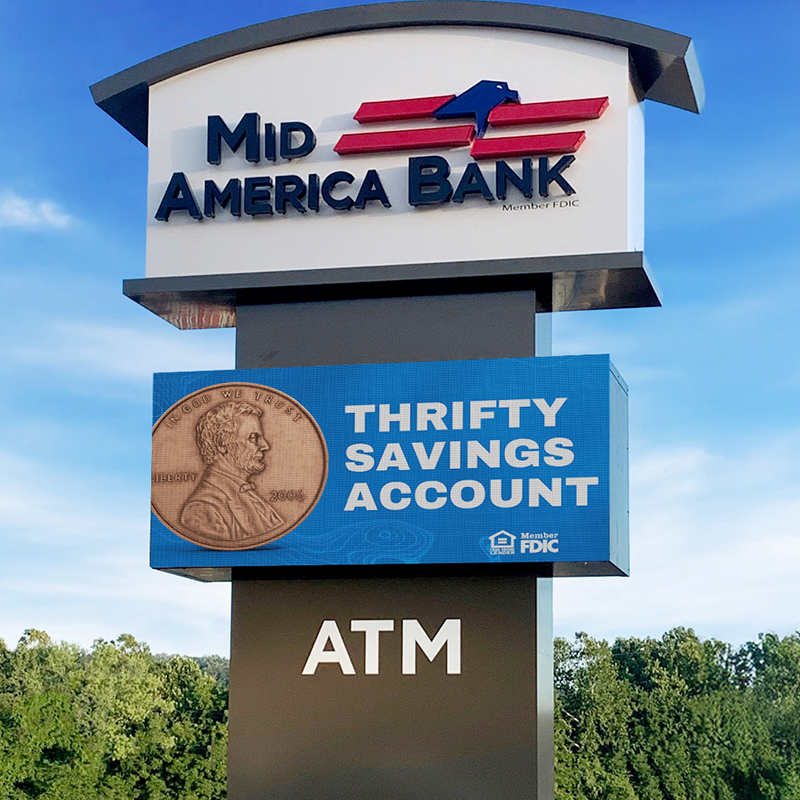
Durability and Weather Resistance for Outdoor Signs
Outdoor LED digital signs need more than just visibility—they require a mounting system that holds up under environmental stress while keeping the sign secure and operational.
Weatherproof Mounting Materials
Use rust-resistant materials like stainless steel, aluminum, or powder-coated steel to prevent corrosion over time. These materials resist moisture and UV exposure and require minimal maintenance in harsh climates.
Wind-Resistant Designs
In high-wind regions, reinforced poles and mounting brackets help protect the sign from vibration, sway, or displacement during storms. Engineering reviews may be required for installations in hurricane zones or open flatland areas.
Ingress Protection (IP) Ratings
The IP rating of a display enclosure matters—but so does the mounting system that supports it. For outdoor signs, an IP65 rating or higher ensures protection against dust and water jets. Combined with proper mounting, this helps extend the display’s life span and performance.
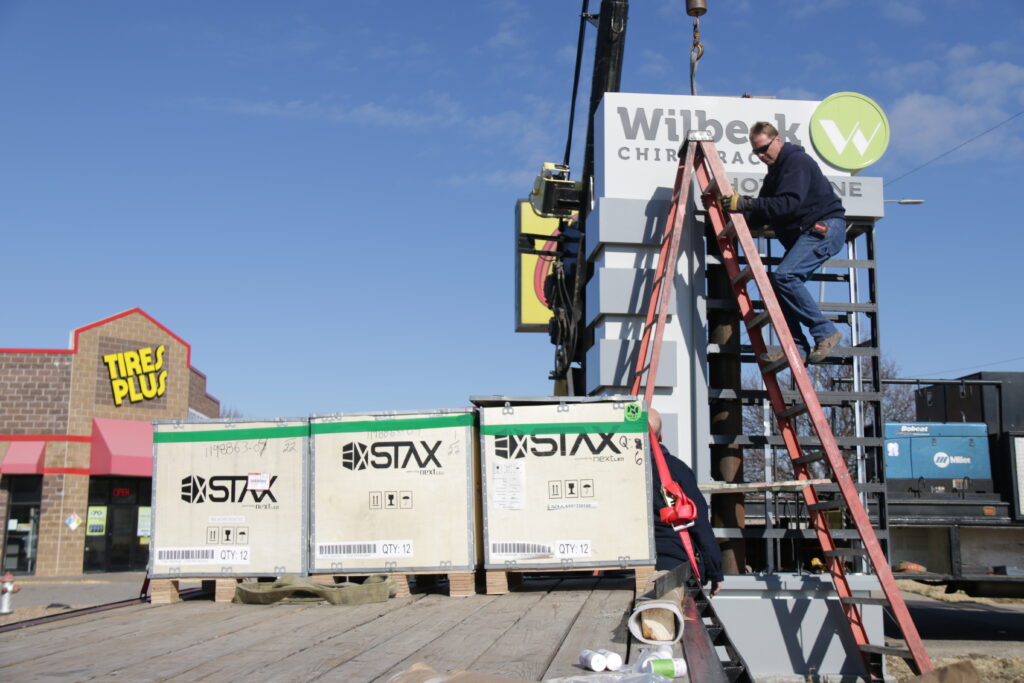
Weight and Structural Support Considerations
The physical weight and size of an LED sign play a direct role in selecting the right mounting method.
Wall and Ceiling Mounts for Larger Displays
Large-format LED signs require heavy-duty brackets and structural reinforcements. Wall-mounted signs should be professionally anchored, while ceiling-hung displays must use certified suspension systems.
Structural Integrity Assessments
Before installing any display—especially on existing buildings or concrete pads—verify that the mounting surface can safely support the sign’s full weight and wind load. Freestanding signs must have a properly engineered footing or base to prevent tipping or settling over time.
Permit and Zoning Considerations
Most jurisdictions require sign permits before installation. The mounting style you choose can affect how quickly that permit is approved.
Key permitting factors include:
Height limits (especially for pole signs)
Setbacks from property lines or roadways
Requirements for decorative enclosures or landscaping
Restrictions on wall-mounted signs in downtown zones
NEXT LED Signs works with you and your local planning office to ensure your sign meets zoning guidelines and can be installed on schedule.
FAQs: LED Sign Mounting Options
- What is the most common mounting style for schools and churches?
Monument signs are most common because they’re code-friendly, pedestrian-readable, and often blend well with campus architecture. - Do I need engineering for a pole-mounted sign?
Yes. Pole-mounted signs require structural review to ensure they meet wind load and safety codes—especially in open or storm-prone areas. - Are wall-mounted signs easier to install?
They can be, especially if the building face is suitable. But you still need to confirm weight load, bracket compatibility, and any city-specific restrictions. - What’s the most durable material for mounting hardware?
Aluminum and powder-coated steel provide the best balance of strength, weather resistance, and corrosion protection. - Can NEXT help with permits and design approvals?
Absolutely. We assist with renderings, documentation, and zoning research to make the permitting process smoother from start to finish.
Why NEXT LED Signs Is the Right Partner
Mounting decisions shouldn’t come after the sale—they should shape how your sign is designed from the start. At NEXT LED Signs, we help you choose the right display configuration based on your property layout, visibility goals, and local requirements. From pole or monument to wall-mounted or architectural framing, we build signs that support your message and your environment.
Contact NEXT LED Signs to start your sign project with expert design guidance—built around your location, not just dropped onto it.

